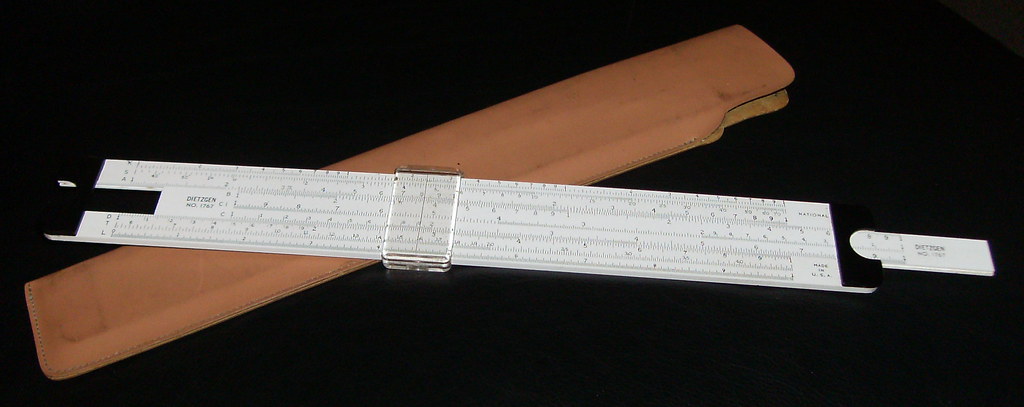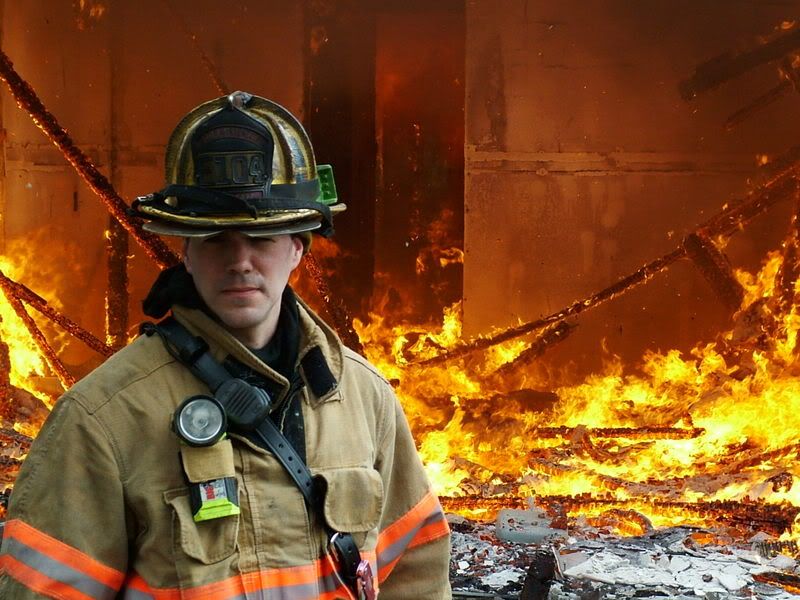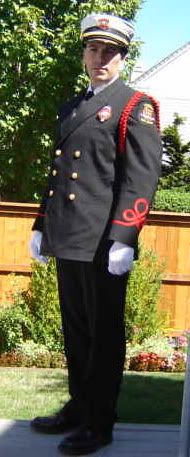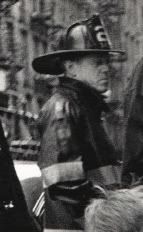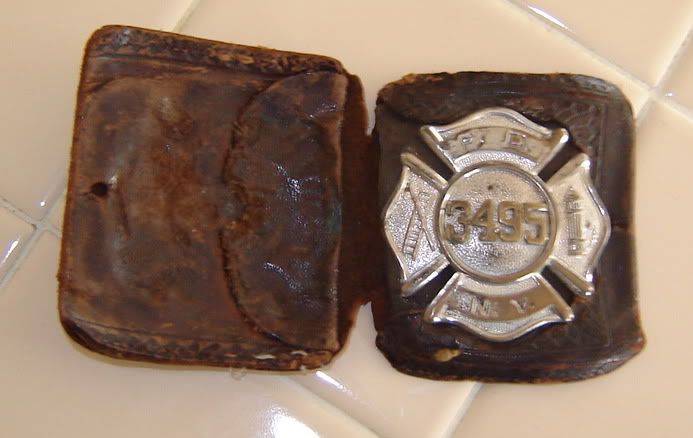kiltie
Practically Family
- Messages
- 732
- Location
- lone star state
I'd be curious to know what remains of days gone by, as far as members professions are concerned, and what do YOU do to maintain those connections to the past. My job is rife with traditions and elements linked to "the old days", many reaching back before the "Golden Era". I am a fireman.
The single thing that most people, particularly Americans, associate with the fireman of any era is his helmet. Many American fire departments still wear the helmet with the long "beaver tail" in the back and raised finial holding the leather shield identifying his company. The fire helmet has seen many changes since the 1960's, right up to the "fighter pilot" style popular in Europe right now. I am fortunate enough to live in a city that walks the tightrope between traditionalism and progressiveness. We still wear the old style helmet with a brass eagle in the front, now made from lighter, modern materials. My personal contribution to upholding the links with the past in this arena is my leather helmet. Even now though, the leather helmets are made with an impact cap on the inside, separating them from their ancestors.
http://i275.photobucket.com/albums/jj290/safdkiltie/HPIM1736.jpg
http://i275.photobucket.com/albums/jj290/safdkiltie/HPIM1738.jpg
My company and unit designations ( 1's Ladder ) are painted on the shield, rather than stamped on the typical "passport" style front.
Until recently, New York City, Boston, and San Francisco were still issued the leathers. I believe that Boston is the last major American city that still issues the leather helmet to it's new members ( and I may be wrong about that ), due to their high cost; about twice as much as a composite helmet of the same style.
Another instantly recognizable piece of firefighting gear is the coat. San Antonio has been wearing "bunker gear" for many years now, but it has only been within the last two years that the last major American city - Chicago - changed from the traditional 3/4 length, rubberized duck coats to the more modern "bunkers". NYC changed in '94, Boston soon thereafter...
Another bit of nonsense that I try to keep up with is wearing my saucer cap ( San Antonio does not wear the "bell" type dress hat ). I've taken out the halo that keeps it rigid and wear it like a crusher, cocked to one side. At first, it was looked upon as an anachronism, but is fairly well accepted by most of the guys now ( although I haven't influenced any of them to follow suit ).
Terminology is another aspect that is slow ( has even refused ) to change - until now. Each region, and even each department has it's own lingo strectching back to the days of the horses. NIMS ( the so called National Incident Management System ) is seeing to the fact that all of these traditional terms will soon be lost to everyone but the buffs and die with the oldtimers. San Antonio is full of terms used by few, if any other departments. For instance, since the advent of motorized apparatus, we've called what most departments refer to as an "engine", a "motor". This term was used to distinguish between apparatus in a house that contained both horse-drawn and motorized types ( S.A. ran horses well into the '20s ). We are technically no longer allowed to refer to pumper apparatus as "motors" on the radio, but twelve years in, and a nearly a hundred years of motorized tradition before that, ensures that the word does escape, from time to time. I won't even get into the "10" codes, which will soon be gone from every public safety entity in the nation.
Another of my contributions to maintaining the traditions of my profession ( and really, the volunteers from waaaay back ), has been my involment as one of the founding members of our flegling bagpipe band:
http://i275.photobucket.com/albums/jj290/safdkiltie/HPIM0914v-1.jpg
This oulet enables me and other likeminded individuals from across the nation to get together and grouse about "the way it used to be" ( like I have any real idea ) and how it should be, which of course is the strongest, oldest tradition in any fire department. I'm quite certain at the first "big one" of the Bronze Age, the Iron Age old timers were complaining, "We never used to do it like this...you youngsters are spoiled...etc..."
San Antonio has had a professional fire department since 1891. Traditions have come and gone, but the strongest hang on, even though the Fed and general "progressiveness" are doing everthing in their considerable power to ensure that these things don't infect the young.
Fun pictures:
http://i275.photobucket.com/albums/jj290/safdkiltie/fwfwefw.jpg
http://i275.photobucket.com/albums/jj290/safdkiltie/fffffffffff.jpg
http://i275.photobucket.com/albums/jj290/safdkiltie/IMG_0094.jpg
My brother and me -
http://i275.photobucket.com/albums/jj290/safdkiltie/IMG_0104.jpg
My dad's a fireman, too
The single thing that most people, particularly Americans, associate with the fireman of any era is his helmet. Many American fire departments still wear the helmet with the long "beaver tail" in the back and raised finial holding the leather shield identifying his company. The fire helmet has seen many changes since the 1960's, right up to the "fighter pilot" style popular in Europe right now. I am fortunate enough to live in a city that walks the tightrope between traditionalism and progressiveness. We still wear the old style helmet with a brass eagle in the front, now made from lighter, modern materials. My personal contribution to upholding the links with the past in this arena is my leather helmet. Even now though, the leather helmets are made with an impact cap on the inside, separating them from their ancestors.
http://i275.photobucket.com/albums/jj290/safdkiltie/HPIM1736.jpg
http://i275.photobucket.com/albums/jj290/safdkiltie/HPIM1738.jpg
My company and unit designations ( 1's Ladder ) are painted on the shield, rather than stamped on the typical "passport" style front.
Until recently, New York City, Boston, and San Francisco were still issued the leathers. I believe that Boston is the last major American city that still issues the leather helmet to it's new members ( and I may be wrong about that ), due to their high cost; about twice as much as a composite helmet of the same style.
Another instantly recognizable piece of firefighting gear is the coat. San Antonio has been wearing "bunker gear" for many years now, but it has only been within the last two years that the last major American city - Chicago - changed from the traditional 3/4 length, rubberized duck coats to the more modern "bunkers". NYC changed in '94, Boston soon thereafter...
Another bit of nonsense that I try to keep up with is wearing my saucer cap ( San Antonio does not wear the "bell" type dress hat ). I've taken out the halo that keeps it rigid and wear it like a crusher, cocked to one side. At first, it was looked upon as an anachronism, but is fairly well accepted by most of the guys now ( although I haven't influenced any of them to follow suit ).
Terminology is another aspect that is slow ( has even refused ) to change - until now. Each region, and even each department has it's own lingo strectching back to the days of the horses. NIMS ( the so called National Incident Management System ) is seeing to the fact that all of these traditional terms will soon be lost to everyone but the buffs and die with the oldtimers. San Antonio is full of terms used by few, if any other departments. For instance, since the advent of motorized apparatus, we've called what most departments refer to as an "engine", a "motor". This term was used to distinguish between apparatus in a house that contained both horse-drawn and motorized types ( S.A. ran horses well into the '20s ). We are technically no longer allowed to refer to pumper apparatus as "motors" on the radio, but twelve years in, and a nearly a hundred years of motorized tradition before that, ensures that the word does escape, from time to time. I won't even get into the "10" codes, which will soon be gone from every public safety entity in the nation.
Another of my contributions to maintaining the traditions of my profession ( and really, the volunteers from waaaay back ), has been my involment as one of the founding members of our flegling bagpipe band:
http://i275.photobucket.com/albums/jj290/safdkiltie/HPIM0914v-1.jpg
This oulet enables me and other likeminded individuals from across the nation to get together and grouse about "the way it used to be" ( like I have any real idea ) and how it should be, which of course is the strongest, oldest tradition in any fire department. I'm quite certain at the first "big one" of the Bronze Age, the Iron Age old timers were complaining, "We never used to do it like this...you youngsters are spoiled...etc..."
San Antonio has had a professional fire department since 1891. Traditions have come and gone, but the strongest hang on, even though the Fed and general "progressiveness" are doing everthing in their considerable power to ensure that these things don't infect the young.
Fun pictures:
http://i275.photobucket.com/albums/jj290/safdkiltie/fwfwefw.jpg
http://i275.photobucket.com/albums/jj290/safdkiltie/fffffffffff.jpg
http://i275.photobucket.com/albums/jj290/safdkiltie/IMG_0094.jpg
My brother and me -
http://i275.photobucket.com/albums/jj290/safdkiltie/IMG_0104.jpg
My dad's a fireman, too
